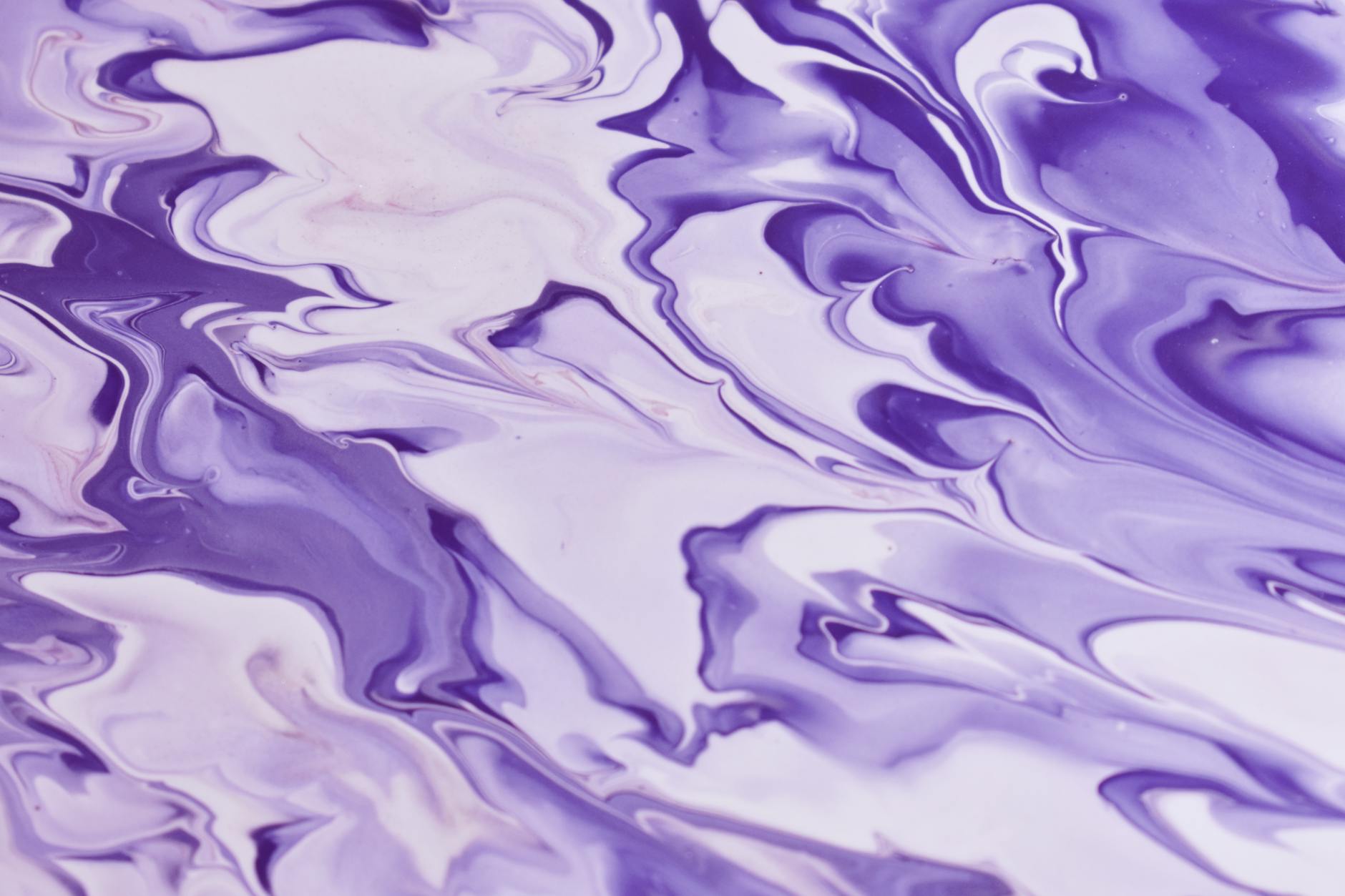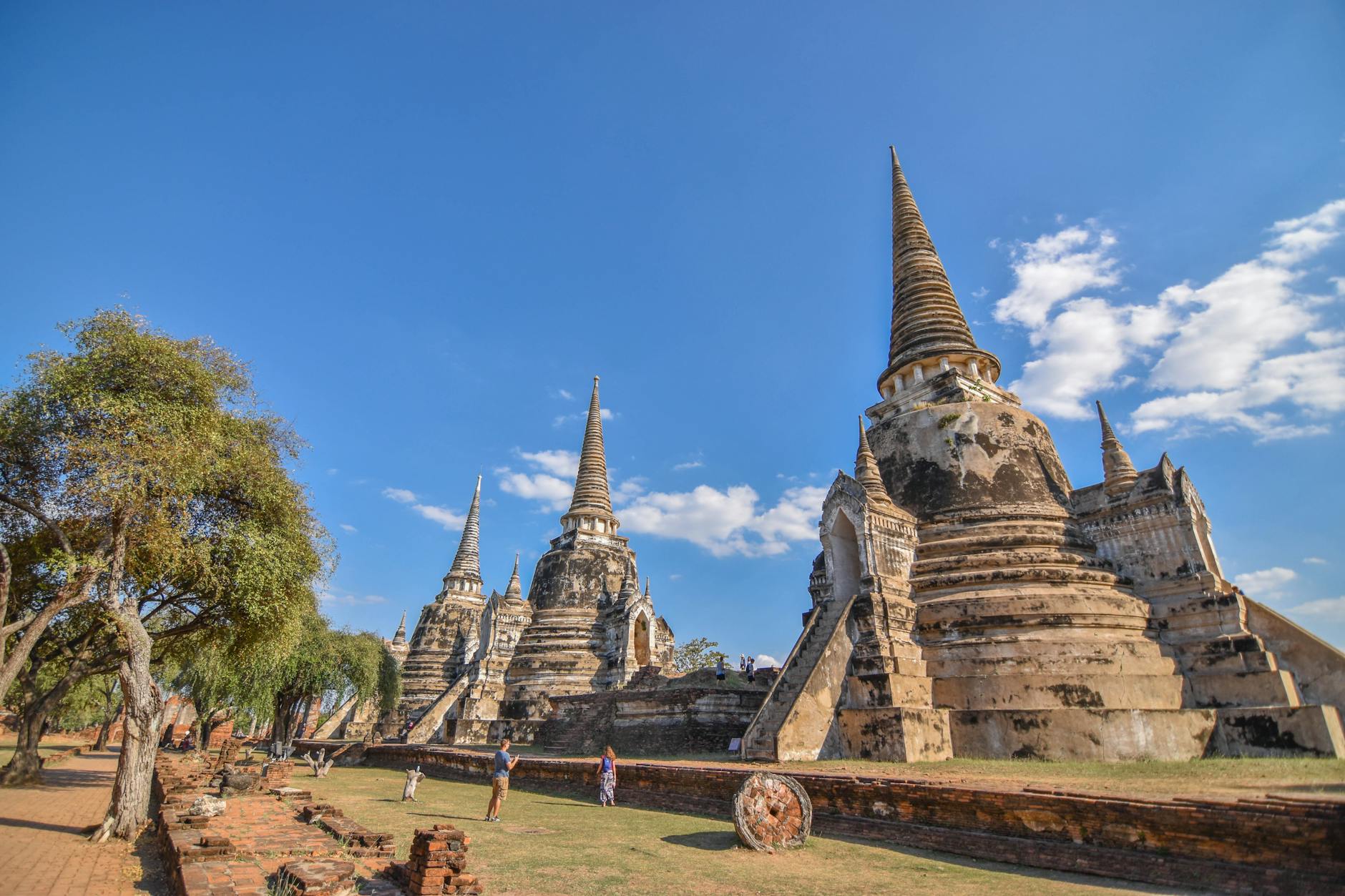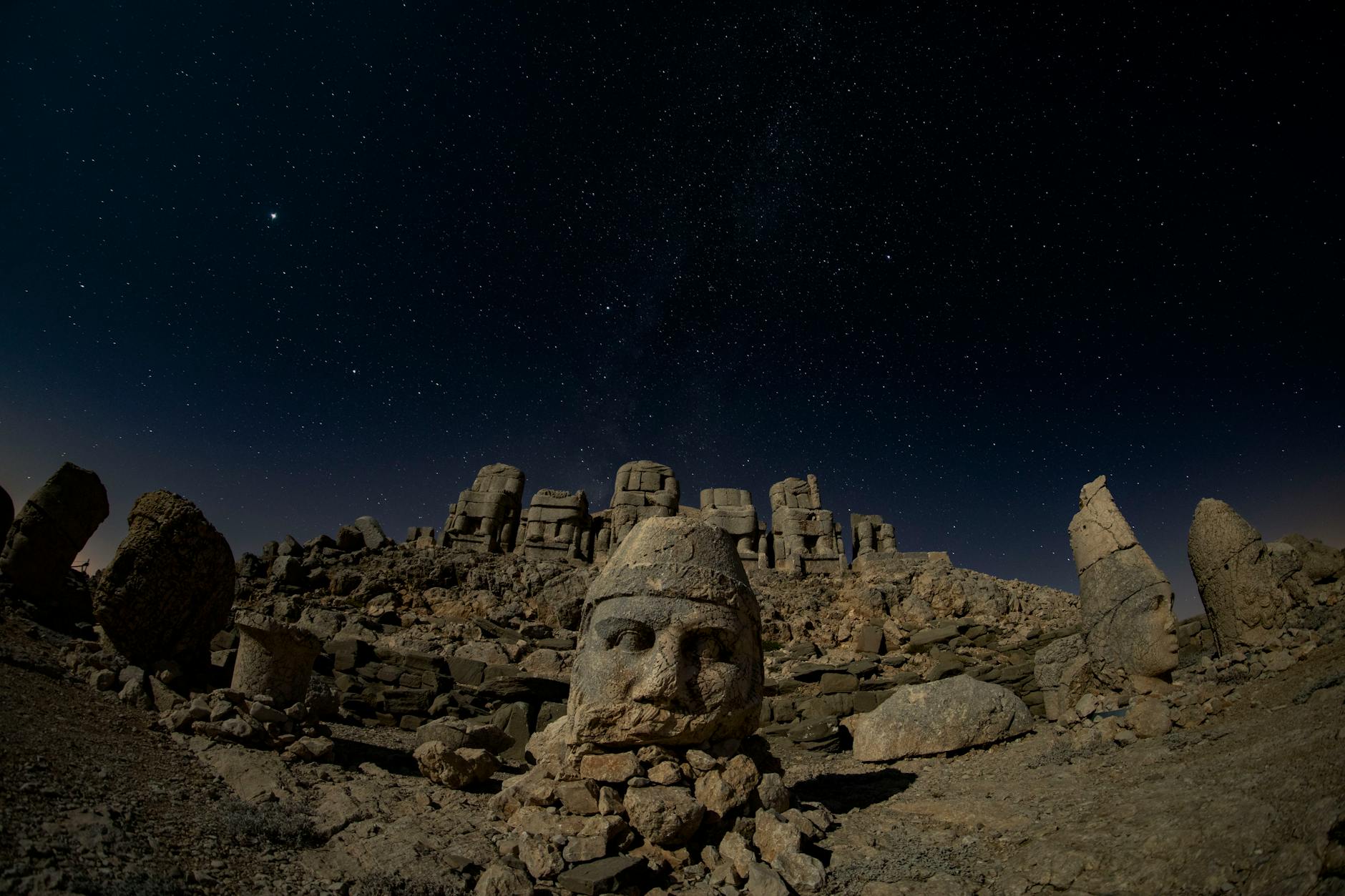Psychedelic substances, such as LSD, psilocybin and mescaline, have long been used by artists as a tool for pushing the boundaries of creativity and artistic experimentation. Their influence on various art movements – including Surrealism, abstract expressionism, and visionary art – has been substantial, as these substances allow artists to explore altered states of consciousness and see the world in profoundly new ways.
Surrealism, a movement that emerged in the early 20th century, was profoundly inspired by the dream-like images and hallucinations invoked by psychedelic substances. Salvador Dali’s melting clocks in ‘The Persistence of Memory,’ or René Magritte’s floating men in ‘Golconda,’ are excellent examples of Surrealist art born out of inspiration gained through altered mind states. Often confusing and paradoxical, the Surrealist art aimed at breaking down the barriers between reality and the realm of dreams and the unconscious, something psychedelics have been known to do.
Following the Surrealism movement came the wave of abstract expressionism in the mid-20th century, another art movement significantly influenced by psychedelics. This avant-garde movement turned towards more abstract and non-objective forms. Jackson Pollock’s ‘drip paintings’ and Mark Rothko’s color field paintings are famous examples. These artists sought to express raw emotion and the innate chaotic nature of life through their work, something that aligns closely with the chaotic and unpredictable nature of a psychedelic experience.
In the 1960s, we witnessed the rise of Psychedelic art as the counterculture intertwined with the burgeoning popularity of hallucinogenic substances. Psychedelic artists like Peter Max and Wes Wilson created a visual language filled with vibrant colors, intricate patterns, and distorted forms. This distinctive style became known as psychedelic aesthetics, directly drawing inspiration from the visual hallucinations and heightened perception brought about by substances like LSD.
Moving towards the end of the century and into the present day, the emergence of visionary art came to be. This genre merges transcendental and spiritual elements with complex, intricate details. Artists such as Alex Grey come to mind, known for capturing on canvas the rich, immersive experiences of psychedelics in tremendously detailed illustrations showcasing elements of sacred geometry and anatomy.
The psychedelic experience is often described as one of transcendence and spiritual awakening, and research has shown that these substances have significant therapeutic potential across a range of mental health conditions. This therapeutic potential often transfers into the artists’ work, providing them with profound emotional experiences that they can channel creatively.
Equally, these substances have allowed artists to venture into new realms of the mind, allowing for the breaking down of established norms and conventions in the art world. Psychedelics have brought forth a new dimension of creativity and artistic expression, giving birth to artworks that push the boundaries of the human imagination.
Of course, it’s crucial to mention that using these substances carries inherent risks and can trigger adverse psychological reactions. Yet, from a purely artistic perspective, the influence of psychedelics on various art movements has been monumental. They have pushed the artists to delve deeper into the psyches, reshaping the art world as we know it.
While the use of psychedelics in artistic practice certainly isn’t a new phenomenon, their impact on art movements continues to be significant. No doubt, as we advance in understanding these mind-altering substances, we will likely see a further integration of the psychedelic experience into the domain of artistic exploration.







